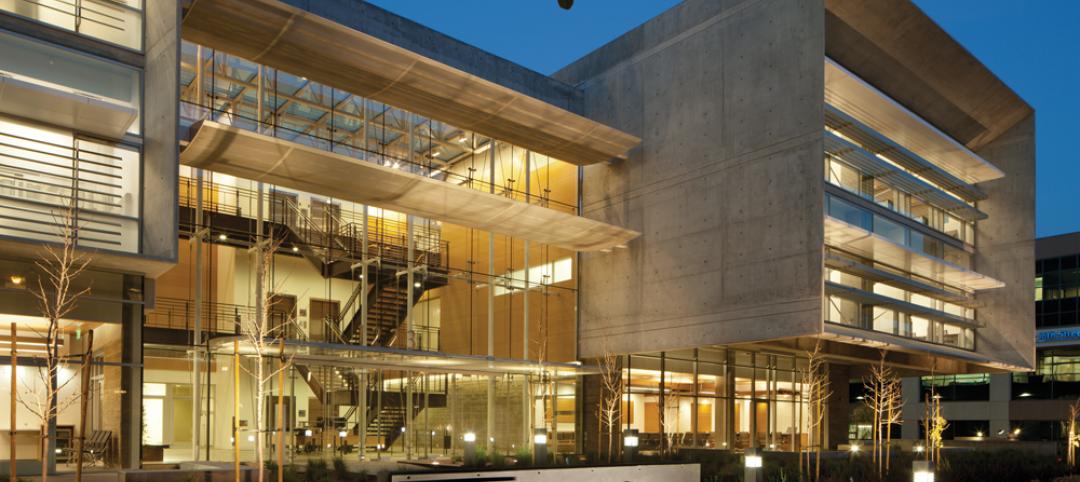Released today, the fifth annual SYLVANIA Socket Survey from OSRAM SYLVANIA finds that consumers are adjusting to new legislation and energy-efficient lighting options, with about half saying that they plan to switch to new lighting technologies. Federally mandated legislation, which was enacted in 2007, has already begun phasing out two incandescent-bulb wattages (100-watt in 2012 and 75-watt in 2013) and will begin its final phase in January 2014 with 60- and 40-watt bulbs.
OSRAM SYLVANIA’s industry-benchmark Socket Survey shows that 38 percent of those polled are aware that the 100-watt bulb was phased out in 2012, which is up from just 29 percent last year and 19 percent in 2010. While these findings show an increase in consumer awareness of the initial legislative phase outs, nearly half are unaware that there will be additional wattages phased out in 2014.
“Consumers are taking time to evaluate their lighting choices, which are now more abundant than ever, and accepting more energy-efficient options,” says Rick Leaman, president and CEO, OSRAM SYLVANIA. “Our company remains dedicated to offering the very best in next-generation lighting choices because it is our responsibility to keep pace with the ever-changing world of technology to meet the various needs of our consumers.”
More than a third of Americans have evaluated their lighting options in the past six months, and more than half (53%) have done so in the past year. With lighting education promoting the acceptance of energy-efficient alternatives and about half of consumers planning to switch to new technologies, it is evident that consumers are shifting their lighting preferences based on their understanding of the evolving industry.
Commissioned annually by OSRAM SYLVANIA, the SYLVANIA Socket Survey is the industry’s foremost national measurement of the evolving consumer lighting landscape. Now, in its fifth year, the survey shows a significant decrease — a 16% drop year over year — in those who said that they have incandescent bulbs in their homes. About one in 10 consumers say that they have LED bulbs in sockets.
Additional findings of the 2012 SYLVANIA Socket Survey include:
Consumer Habit and Trends
- Since 2008, the number of consumers that listed “burned out or broken" as their main reason for switching out their bulbs dropped by 10 percent. 68 percent of Americans say that they have switched lighting for increased energy efficiency.
- While replacement of burned out or broken bulbs and energy efficiency remain as top reasons why consumers choose to switch bulbs, they are increasingly interested in the amount of light (up 16 percent since 2008) and quality of the light color produced (up 19 percent since 2008).
- Longevity, brightness, energy efficiency and price are the top light bulb evaluation factors and are considered important by 9 in 10 consumers.
- Instituted in last year’s survey, the value that consumers are placing on their lighting products being made in America has increased, as 77 percent of Americans now believe it is important that their bulbs are “Made in America.”
Phase-Out Preparedness and New Technology Adoption
- Consumers are evenly split about their awareness of the phase-out of additional wattages through 2014.
- Six in 10 consumers say that they are more excited about the phase-out than they are concerned about it, yet 28 percent of respondents are still worried, as they prefer using traditional incandescent bulbs.
- Sixteen percent of respondents say that they plan to save up or “hoard” 100-watt incandescent bulbs while they are still available, which is very similar to the 13 percent that said that they would stockpile 100-watt bulbs in 2009, 2010 and 2011.
- About half of consumers are likely to switch to alternative technologies, significantly less than in 2010 and 2009. While the remainder is more likely to use lower wattages or stock up on 100-watt bulbs.
The survey was conducted over an 8-day period in November, 2012. More than 300 interviews were conducted via landline and cell phone.
(http://www.sylvania.com/en-us/tools-and-resources/surveys/Pages/socket-survey.aspx)

Related Stories
Smart Buildings | Apr 28, 2014
Cities Alive: Arup report examines latest trends in urban green spaces
From vertical farming to glowing trees (yes, glowing trees), Arup engineers imagine the future of green infrastructure in cities across the world.
| Mar 26, 2014
Callison launches sustainable design tool with 84 proven strategies
Hybrid ventilation, nighttime cooling, and fuel cell technology are among the dozens of sustainable design techniques profiled by Callison on its new website, Matrix.Callison.com.
| Feb 12, 2014
First Look: Futuristic Silicon Valley campus designed to draw tech startups
The curved campus will consist of four different buildings, one exclusively for amenities like a coffee bar, bike shop, and bank.
| Jan 29, 2014
Richard Meier unveils 'urban courtyard' scheme for Mexico City towers
A grand atrium, reaching some 30 stories, highlights the contemporary, bright-white design scheme unveiled this week by Richard Meier & Partners for a new mixed-use development in Mexico City.
| Jan 23, 2014
Adrian Smith + Gordon Gill-designed Federation of Korean Industries tower opens in Seoul [slideshow]
The 50-story tower features a unique, angled building-integrated photovoltaic (BIPV) exterior designed to maximize the amount of energy collected.
| Dec 10, 2013
16 great solutions for architects, engineers, and contractors
From a crowd-funded smart shovel to a why-didn’t-someone-do-this-sooner scheme for managing traffic in public restrooms, these ideas are noteworthy for creative problem-solving. Here are some of the most intriguing innovations the BD+C community has brought to our attention this year.
| Nov 27, 2013
LEED for Healthcare offers new paths to green
LEED for Healthcare debuted in spring 2011, and certifications are now beginning to roll in. They include the new Puyallup (Wash.) Medical Center and the W.H. and Elaine McCarty South Tower at Dell Children’s Medical Center of Central Texas in Austin.
| Nov 8, 2013
Net-zero bellwether demonstrates extreme green, multifamily style
The 10-unit zHome in Issaquah Highlands, Wash., is the nation’s first net-zero multifamily project, as certified this year by the International Living Future Institute.
| Nov 8, 2013
Exclusive survey: Architects balance ideals, skepticism regarding green strategies
Architects are seeking affirmation that the complex array of programs, systems, and tools at their disposal actually do result in more sustainable buildings, according to a recent survey of architects by Building Design+Construction.
| Oct 15, 2013
Sustainable design trends in windows, doors and door hardware [AIA course]
Architects and fenestration experts are looking for windows and doors for their projects that emphasize speed to the project site, a fair price, resilient and sustainable performance, and no callbacks.

















